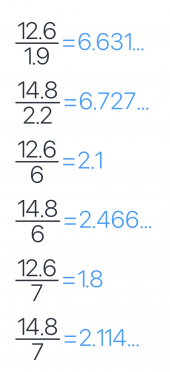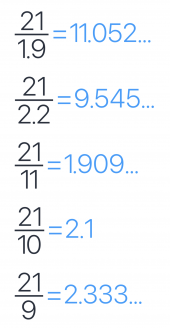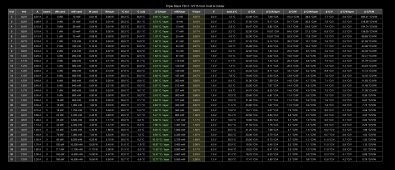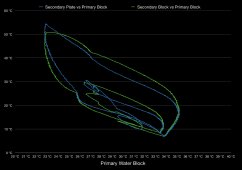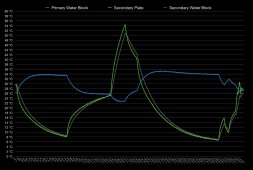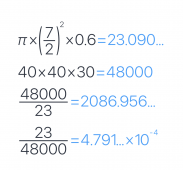Peltier heat pumps are horribly inefficient, modern dc permanent magnet refrigeration is far, far, far more efficient than Peltier heat pumps
Peltier run at *high voltage* is horribly inefficient.
Peltier run at 1-2V per 127 junction module
is efficient comparably so to refrigerant based compressor units.
CoP of 2-4 can be achieved which is comparable with compressor.
Edit: trying to provide actionable info..
Peltier are sold in grades based on their resistance. The rating is for how many amperes a single module can handle. For the 40x40mm modules the lowest efficiency rating is 3 ampere and the highest efficiency is 15 ampere.
15 ampere modules have ~1 ohm ac resistance
6 ampere modules have ~2 ohm
it just gets worse the lower ampere rating you go.
this means twice as much Joule heating if one sources TEC1-127
06 instead of TEC1-127
15 modules. Joule heating is inefficient compared to pumping heat.
not all peltier are the same. they can operate efficiently. happy to give more advice.
peltier element have a Max Voltage rating. Often 15.4V.
do not run the module at this voltage! run at 10-20% of Vmax. this is how to access Efficient Peltier Life.

The trick is that the modules can be stacked to sum the pumped heat. When run at 10-20% of Vmax the temperature difference across a single element is too low alone.
With ambient air 25C I’ve cooled water down to 7C and heated up to 70C using a stack of 20 units of TEC1-12715 modules arranged five side by side and four layer between two aluminum water blocks. It uses 80-100 W and it drives the peltier direct from the LFP battery. solid state heat pump
3S LFP battery. 9-11V. Using an H-bridge to drive all twenty peltier modules as one string. Electrically like a solar string it’s 5S4P wiring.
9/5 = 1.9 V per peltier module
11/5 = 2.2 V per peltier module.
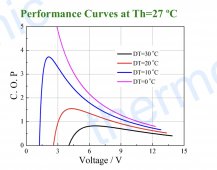
This is a coefficient of performance vs voltage graph for a TEC1-12715. Check the blue curve. It represents 10C delta temperature which is good for four layers. 4 layer x 10C = 40C max delta. Can get down to freezing if it’s ~30C ambient..
Anyways.. here’s a pic of the test setup:
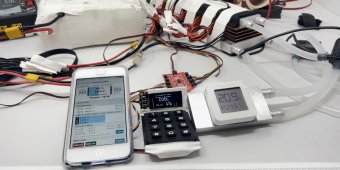
the center display shows hot vs cold (primary vs secondary) side temp. 34C hot side 10C on cold side with 78W usage.
I was able to get that same side from as low as 7C all the way up to 70C. All while using <100W I think it’s fairly efficient. Haven’t evaluated CoP quantitatively yet. I expect CoP 1.5-3 depending on specific operating temperature.





